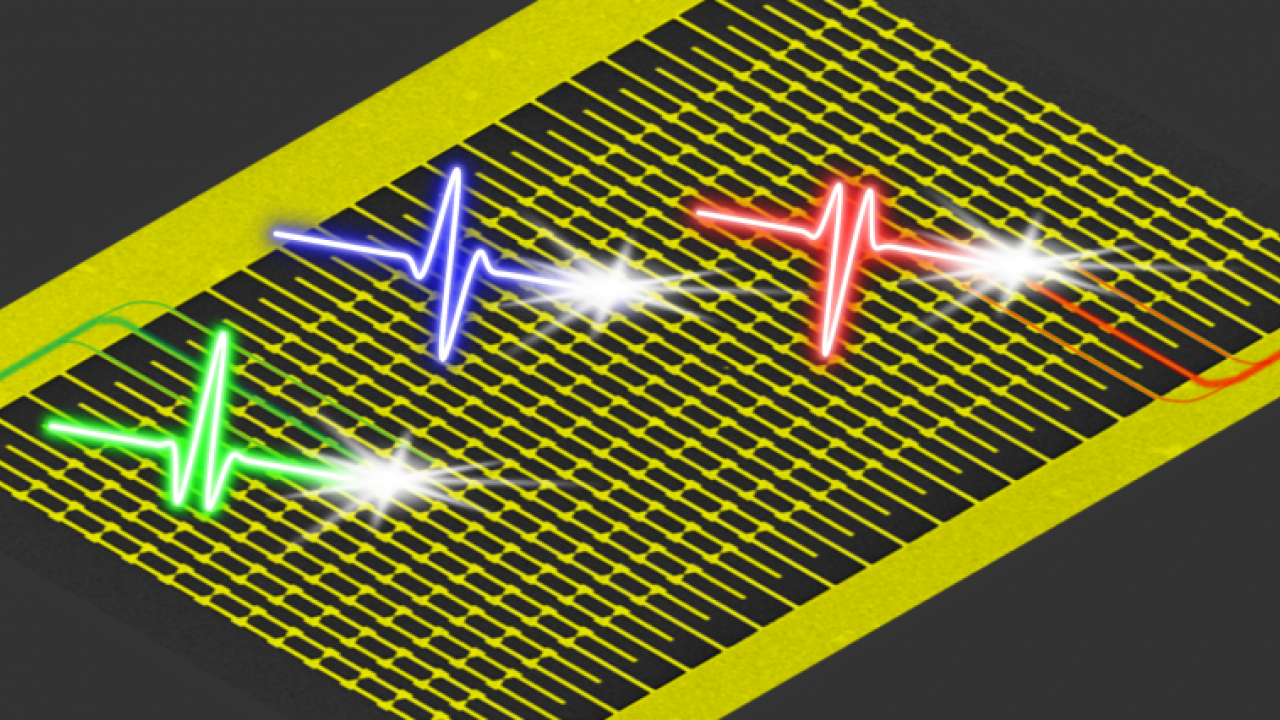
Professor William Putnam’s Research Group Publishes Article Regarding Integrated Lightwave Electronics
Professor William Putnam's research group, with collaborators at MIT, has published work demonstrating integrated optical detectors that behave like conventional electronic diodes operating at optical frequencies of ~250 THz. These detectors can sense the instantaneous electric field of rapidly oscillating light waves and may find applications ranging from future remote sensing of astronomical objects to chemical analysis of gases. Read a short news article about the work here, and find the full publication via the journal of Nature Communications here.
Dr. Putnam's research group seeks to build novel photonic devices by leveraging nanoscale structures to control the interaction between electrons and photons. An overarching theme of Dr. Putnam’s research is making big science small. Specifically, his group is using innovative photonic structures and laser systems to work towards building table-top particle accelerators, compact free-electron lasers (FELs), and chip-scale laboratories for strong-field laser physics. Such compact accelerators and FELs, as well as chip-scale strong-field devices, are promising for a wide-range of scientific, medical and industrial applications.

